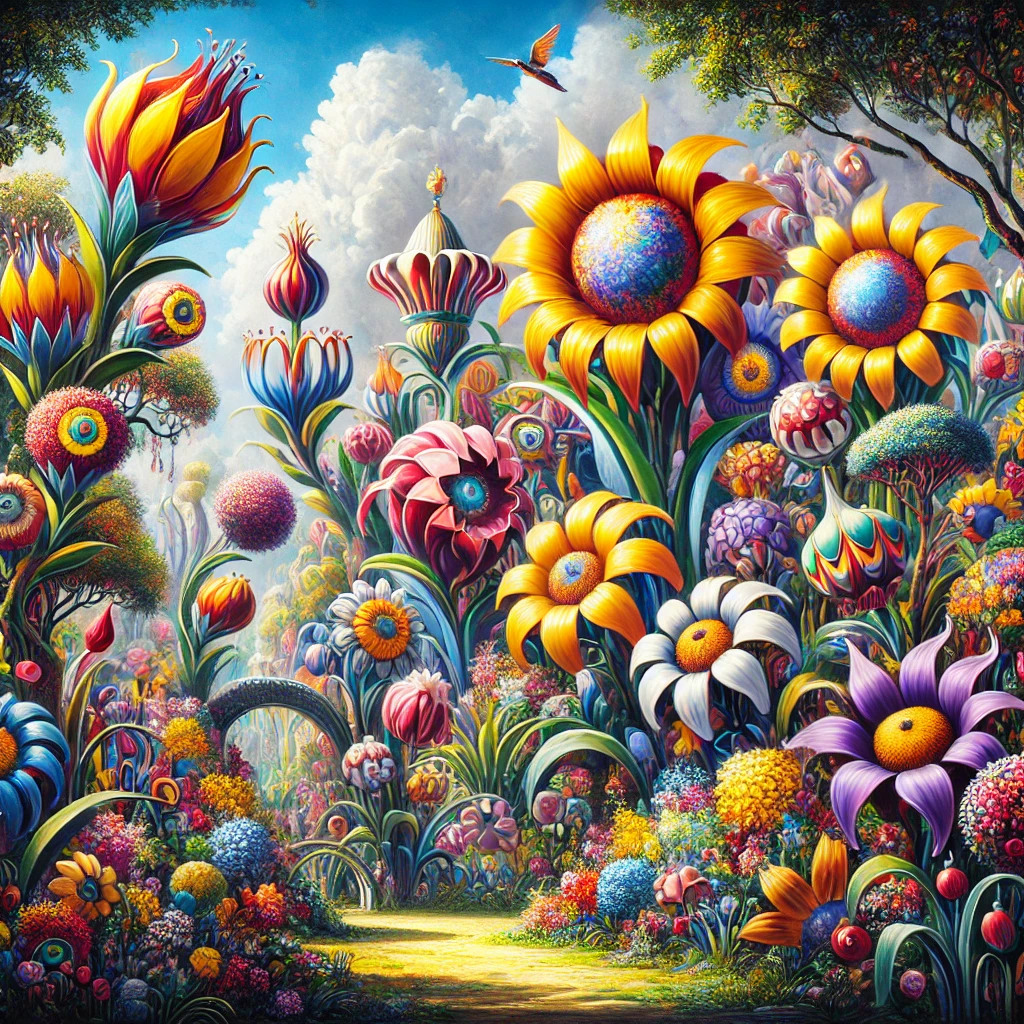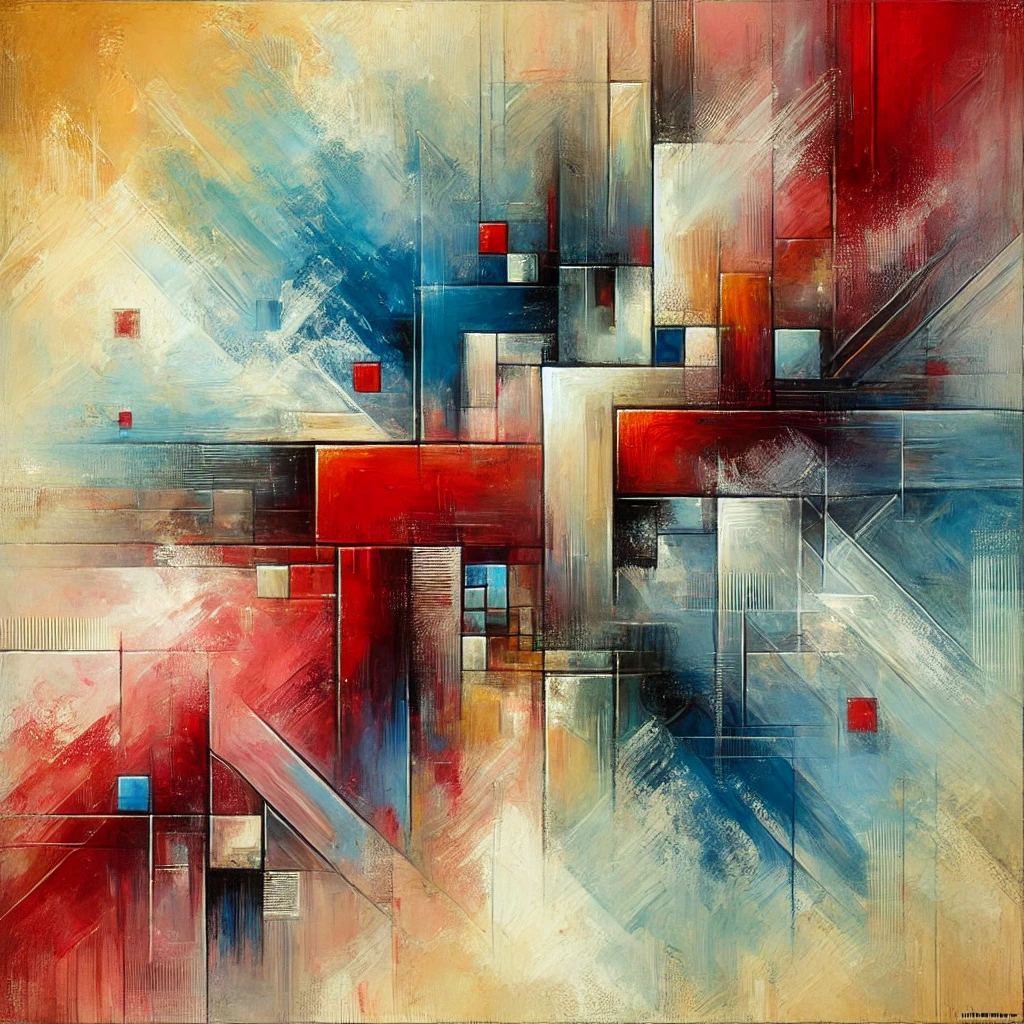Ali Ali-Khodja is considered one of the most important figures in Algerian contemporary art. His art goes beyond the confines of traditional and colonial influences, blending them into a distinct visual style that mirrors both Algeria’s tumultuous history and its people’s diverse cultural heritage. Through his artwork, Ali-Khodja became a spokesperson for artistic expression, patriotic feelings, and cultural dignity, establishing his enduring influence as a trailblazer in Algerian art.
Early Life and Background
Ali Ali-Khodja was born during a time when Algeria was under French colonial rule, and he grew up surrounded by the tensions of a society struggling with oppression and the longing for cultural expression. His formative years were characterized by exposure to traditional Algerian life, where oral storytelling, native crafts, and Islamic patterns were integral to everyday life. These influences would later be reflected in his artistic creations, firmly rooting his work in the cultural tapestry of Algeria.
Education and Artistic Training
Ali-Khodja began his education in Algeria but was heavily influenced by his time studying in Paris, a city known as the center of modern art during his time. His exposure to Western art movements such as Cubism, Fauvism, and Surrealism broadened his understanding of form, color, and abstraction. This formal education enabled him to blend European techniques with traditional North African aesthetics, resulting in an innovative approach to Algerian art.
Influence of Algerian Culture on Ali Ali-Khodja
Ali-Khodja is greatly impacted by the visual style of Algerian culture in his work. His paintings frequently incorporate desert scenery, Islamic calligraphy, and traditional Berber patterns. The vibrant energy of Algerian cities and villages is reflected in his use of bright colors and dynamic compositions. Additionally, the spiritual aspects of his work underscore the profound link between art and identity in Algerian society.
The Role of French Colonialism in Shaping Ali Ali-Khodja’s Art
Living during colonial rule, Ali Ali-Khodja experienced the conflicting pressures of assimilation and resistance. This conflict is evident in his art, where he frequently combined traditional Algerian symbols with modernist methods. The outcome was a visual form of resistance that aimed to restore and affirm Algerian identity in the face of France’s cultural influence.
Transition to Modernism in Algerian Art
Ali-Khodja played a key role in the shift from conventional to contemporary art in Algeria. His initial pieces, while based on realism, progressed towards abstract forms, mirroring the overall move towards modernism in North Africa. This shift represented a notable break from the more traditional art styles of the era and contributed to laying the groundwork for upcoming generations of Algerian artists.
Ali Ali-Khodja’s Major Themes and Motifs
Ali Ali-Khodja frequently delved into subjects of identity, defiance, and independence in his art. Despite their apparent tranquility, his landscapes are infused with a longing for freedom, mirroring the larger battles of the Algerian populace. Conversely, his abstract pieces delve into the spiritual and metaphysical realms, examining the connections between form, space, and significance.
Symbolism in Ali Ali-Khodja’s Work
Ali Ali-Khodja’s artwork is heavily reliant on symbolism. He employs repetitive patterns and abstract forms not just for their visual appeal, but to communicate deeper messages. For instance, the repeated use of geometric shapes and calligraphic elements symbolizes the Islamic heritage ingrained in Algerian culture. Additionally, his color choices often bring to mind the desert landscape, representing both the allure and challenges of Algerian life.
Key Works of Ali Ali-Khodja
Ali Ali-Khodja’s body of work is diverse and extensive, with particular pieces notable for their originality and influence.
The Iconic “Desert Landscapes”
Ali-Khodja’s paintings are well known for their minimalist style, in which he depicted the expansive Algerian desert using uncomplicated yet expressive brushwork. The minimalistic desert scenes portray wide horizons and subtle hues, evoking feelings of solitude, strength, and enduring quality.
“Reflections on Algerian Identity” Series
In this collection, Ali-Khodja explores the concept of identity in a post-colonial era. His non-representational artworks, which feature broken shapes and altered forms, mirror the fractured state of Algerian society as it adjusts to its recent autonomy.
His Contribution to the Algerian Art Scene
Ali Ali-Khodja had a significant impact on the Algerian art scene. He was among the first artists to expand the horizons of Algerian art by combining Western modernism with indigenous themes. This fusion transformed Algerian art and established the country as a key player in the wider North African art scene.
The Role of Nationalism in His Artistic Vision
Ali-Khodja’s artistic vision was significantly influenced by nationalism. His work frequently depicted the challenges faced by the Algerian people during French colonial rule. Through his art, he aimed to assert national identity and oppose cultural erasure. His paintings came to symbolize defiance and pride, encapsulating the hopes of a nation striving for independence.
The Struggle for Independence and Its Reflection in His Art
During Algeria’s fight for independence, Ali-Khodja’s art became more politically charged. His use of abstraction enabled him to subtly but powerfully express the complexities of the independence movement. The fragmented forms in his paintings reflected the fractured nature of Algerian society, while his bold use of color symbolized the hope and determination of the Algerian people.
Ali Ali-Khodja’s Art in Post-Independence Algeria
After Algeria gained independence, Ali-Khodja’s work gained new significance. He became a prominent figure in the post-colonial art movement, using his platform to explore themes of national identity, memory, and the role of art in shaping Algeria’s future. His work from this period reflects a sense of optimism as well as a deep commitment to preserving Algerian culture in the face of globalization.
The Rise of Abstract Expressionism in His Work
In his later years, Ali-Khodja increasingly turned towards abstract expressionism. This artistic style allowed him to explore art’s emotional and psychological dimensions. His abstract works are characterized by bold, sweeping brushstrokes and dynamic compositions, conveying a sense of movement and energy. Although less representational, these works are deeply rooted in Algeria’s cultural and spiritual traditions.
Comparison with Other Algerian Artists of His Time
Ali Ali-Khodja is frequently compared to other notable Algerian artists, such as Mohammed Racim and Baya Mahieddine, who also aimed to blend tradition with modernity. While Racim concentrated on preserving the miniature painting tradition and Baya explored surrealist themes, Ali-Khodja’s work is distinguished by its abstraction and bold use of color, setting him apart in the Algerian art scene.
Exhibitions and International Recognition
Ali Ali-Khodja’s artwork has been showcased in galleries and museums worldwide, earning him international recognition. His participation in exhibitions in Paris, Algiers, and other major cities has helped elevate the status of Algerian art on the global stage. Despite his global success, Ali-Khodja remained deeply connected to his roots, consistently focusing his work on the Algerian experience.
Impact of Ali Ali-Khodja on the Next Generation of Artists
Ali-Khodja had a significant impact beyond his own art. He was a teacher and mentor who played a crucial role in shaping the next generation of Algerian artists. His focus on cultural identity and artistic freedom motivated many young artists to pursue their creative paths, establishing him as a central figure in the evolution of modern Algerian art.
The Role of His Art in Preserving Algerian Identity
In a world where cultural homogenization threatens to erase local traditions, Ali Ali-Khodja’s art is a powerful reminder of the importance of preserving cultural identity. His work not only celebrates the richness of Algerian heritage but also challenges viewers to consider the complexities of national identity in a post-colonial context.
Ali Ali-Khodja’s Legacy in Modern Algerian Art
Today, Ali Ali-Khodja’s legacy lives on in the work of contemporary Algerian artists who continue to grapple with the same questions of identity, resistance, and freedom that defined his career. His pioneering efforts to merge tradition with modernity have left an indelible mark on the Algerian art world, ensuring that his work will continue to inspire future generations.
Conclusion
Ali Ali-Khodja’s contributions to Algerian art are immeasurable. His work not only reflects the struggles and triumphs of the Algerian people but also serves as a testament to the enduring power of art to shape and reflect national identity. As one of Algeria’s most important artists, his influence continues to resonate, ensuring that his legacy will remain a vital part of the country’s cultural heritage.




